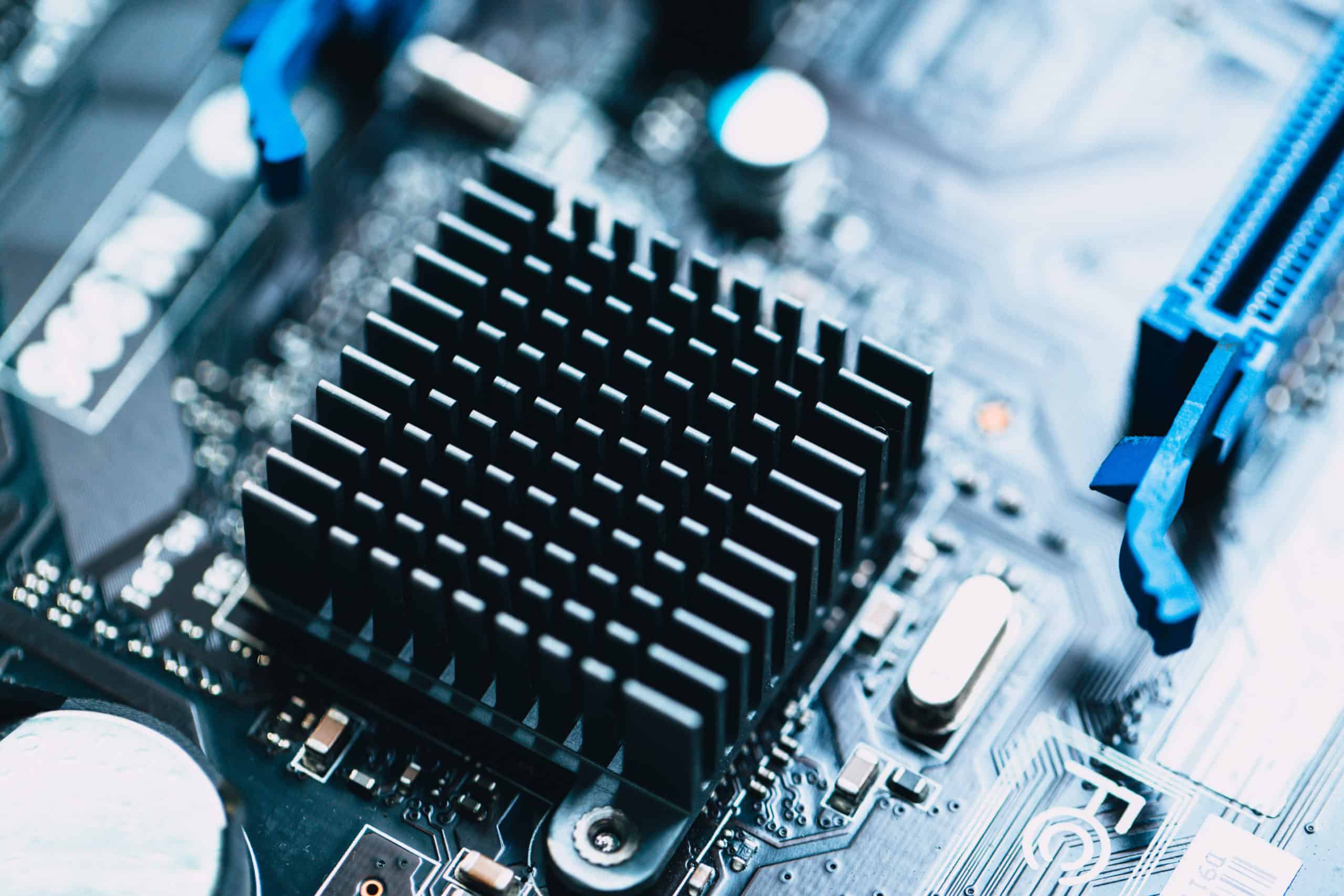Imagine yourself driving and coming to a stop at an intersection. This intersection is unlike any you have ever stopped at before. Multiple lanes and directions are all converging at once, there is no traffic light or order. Cars are coming, going, and stopping at random intervals. Accidents keep happening and the person behind you is blaring their horn wanting you to move on. Sounds chaotic right? Now imagine the same intersection with a traffic controller. Chaos turns to order and everything works more efficiently. This is life on your motherboard. That traffic controller is the chipset.
What Does a Chipset Do?
The chipset is one of the most important components of a computer. It has been called the glue of the motherboard because of its importance to it functioning. In essence, the chipset is the traffic controller between the CPU, GPU, RAM, storage, and other peripherals. It will determine the compatibility of those components and ensure that they work together properly. The chipset determines what CPU can be used on what motherboard, the type of RAM that can be installed, how many video cards can be used and so on.
In the past, each component had their own chips, but you can imagine how confusing that could be to have them all communicating with each other. Eventually the number of chips was consolidated over time. There was the northbridge chip and the southbridge chip imbedded on the motherboard. Each of these handled certain functions. Northbridge would bridge to the higher speed components on the motherboard, like the CPU and memory, while the southbridge would manage the slower speed components.
In most modern motherboards the need for both a northbridge and a southbridge chip has been phased out. Most of the heavy lifting that a traffic controller would do is being done by the CPU. Whatever functions the CPU is not managing is left to the integrated chipsets on the motherboard. These chips are smaller and more efficient than ever. What else can a chipset do? In our next blog were going to look at the term “overclocking” and see how the chipset governs this ability.

